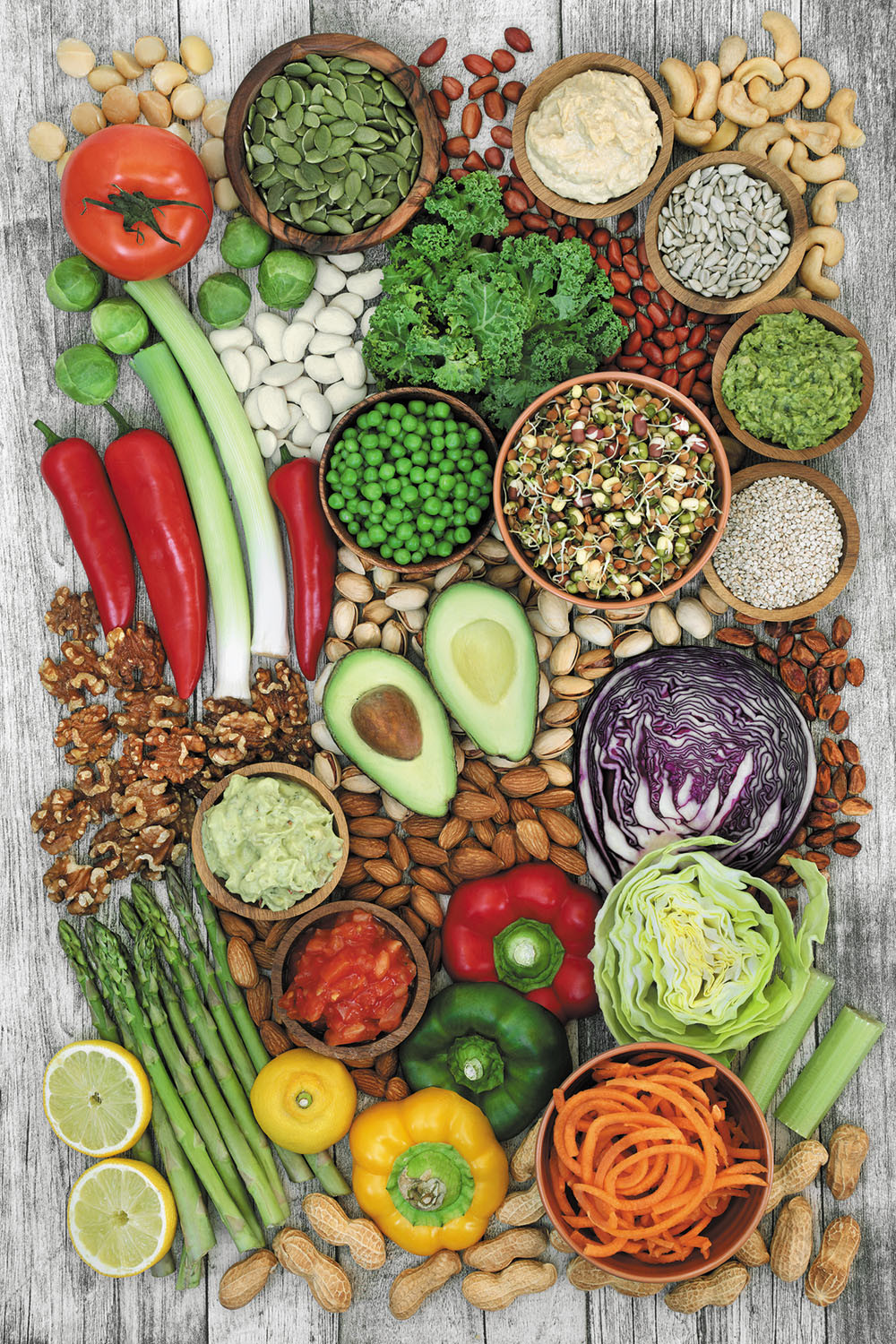More clues about the healthiest carb choices
New evidence links diets that contain more simple, low-quality carbs to a higher risk of heart disease. But the big picture is more complex.
 Carbohydrate categories can be bit confusing. Nutrition experts refer to carbs as simple or complex, low-quality or high-quality, or even just "bad" or "good." Carbohydrate-rich foods can also be ranked by how quickly the sugar they contain is absorbed into your bloodstream after you eat it, using a scale known as the glycemic index, or GI (see "Glycemic index and glycemic load, explained").
Carbohydrate categories can be bit confusing. Nutrition experts refer to carbs as simple or complex, low-quality or high-quality, or even just "bad" or "good." Carbohydrate-rich foods can also be ranked by how quickly the sugar they contain is absorbed into your bloodstream after you eat it, using a scale known as the glycemic index, or GI (see "Glycemic index and glycemic load, explained").
First developed 40 years ago, the glycemic index was in the news again recently. Last March, The New England Journal of Medicine published a large international study suggesting that diets with a higher glycemic index and load are associated with a higher risk of cardiovascular disease and death. The link was strongest among people who were overweight or obese.
"Glycemic index is one way to think about carbohydrate quality, but it’s not the only way," says Dr. Frank Hu, professor of nutrition and epidemiology at the Harvard T.H. Chan School of Public Health. You can also classify carbs as sugars, starches, and fiber.
Glycemic index and glycemic load, explainedCarbohydrate-containing foods have properties that affect how quickly they are digested and how quickly the resulting glucose (sugar) enters the bloodstream. This is quantified by a measure known as the glycemic index (GI). Foods are ranked on a scale of 0 to 100; pure glucose has a value of 100. However, the GI value doesn’t account for the quantity of the specific food a person typically eats. A separate measure, the glycemic load, indicates the change in blood glucose level when someone east a typical serving of the food. It’s calculated by multiplying the food’s GI by the amount of carbohydrate it contains. For the highest-quality carb intake, choose foods that have a low or medium glycemic load and limit those with a high glycemic load. Low glycemic load: bran cereals, apples, oranges, kidney beans, black beans, lentils, cashews, peanuts, carrots. Medium glycemic load: pearled barley, brown rice, oatmeal, bulgur, rice cakes, whole-grain bread, whole-grain pasta. High glycemic load: white potatoes, refined breakfast cereals, sugar-sweetened beverages, candy bars, white rice, white-flour pasta. |
Carb categories
Here’s a rundown of these three categories of carbs:
Sugars. Easily digested sugary foods (sodas, candy, and desserts) have a high GI. Eating them causes blood sugar spikes and dips, which over time can make the body less sensitive to insulin, the hormone that regulates blood sugar. The resulting insulin resistance triggers weight gain, inflammation, and other factors that contribute to the artery-clogging plaque that’s responsible for most heart disease.
Fiber. Foods full of fiber are digested much more slowly and tend to have a lower GI. Low-GI foods include whole or minimally processed carbohydrate-rich foods, such as whole grains, legumes (beans and peas), nuts, vegetables, and fruits. Here’s the easy part: these carbohydrates are also classified as complex, high-quality, or good carbs.
Starches. Starches are another story. The most commonly consumed form of carbohydrate, starches include cereal grains such as rice, wheat, and corn, and root vegetables such as potatoes. Americans tend to eat mostly highly processed grains, such as white rice and foods made with white flour. These refined starches are quickly broken down into sugar, which is why they have higher GI values.
What is resistant starch?
But some starchy foods — most notably legumes — contain what’s known as resistant starch. Resistant starch is similar to fiber in that it cannot be directly absorbed by the body. It has to be broken down by specific gut bacteria. Eating foods high in resistant starch spurs the growth of these health-promoting bacteria. "They produce short-chain fatty acids, which make your body more sensitive to insulin and reduce inflammation," says Dr. Hu. In effect, resistant starch has the opposite effect from sugar and other highly processed carbs in your body.
White potatoes are full of regular starch, which is why they have a high glycemic index. French fries and mashed potatoes are probably the most popular ways to prepare spuds, but potato lovers might want to consider potato salad instead. Why? "If you leave potatoes in the refrigerator for one or two days, the cold temperature transforms some of the starch into resistant starch," says Dr. Hu. Another culinary trick that may slightly lower a food’s glycemic impact is to add vinegar or lemon juice, as the acid slows the conversion of starch to sugar in the body.
Image: © marilyna/Getty ImagesAbout the Author

Julie Corliss, Executive Editor, Harvard Heart Letter
Disclaimer:
As a service to our readers, Harvard Health Publishing provides access to our library of archived content. Please note the date of last review or update on all articles.
No content on this site, regardless of date, should ever be used as a substitute for direct medical advice from your doctor or other qualified clinician.
















